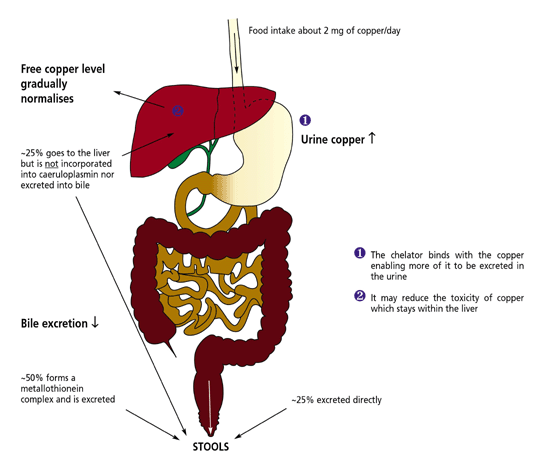
Q: There was an outbreak of hand, foot and mouth disease at my daughter's day care. what is this from?
A: Hand, foot and mouth disease is most commonly due to an infection from a Coxsackie virus. Coxsackie viruses are named after the town of Coxsackie, N.Y., where they were first isolated by Dr. Dalldorf in 1948 when he was looking for a cure for polio. Coxsackie viruses are a type of virus that live in the digestive track (enteroviruses) and are in the same family as hepatitis a and polio virus. There are two different groups of Coxsackie virus, and different serotypes within each group.
Enteroviruses are pretty contagious, and are commonly transmitted via the fecal-oral route; inadequate hygiene and/or hand washing by an infected person allows them to pass the virus on to someone else.
Coxsackie viruses can also be transmitted via respiratory secretions (from sneezing or coughing), and even from the fluid from skin blisters. after infection, the virus incubates for several days as it multiplies in the respiratory tract or small intestine (depending on the mode of transmission).
Infection with Coxsackie virus is very common. There are over 10 million infections from enteroviruses each year in the U.S., and up to a quarter of these are due to a Coxsackie virus. in fact, up to 80 percent of adults have antibodies to at least one type of enterovirus, showing they have had an infection in the past. Coxsackie virus is most common in children under age 5, although older children and adults get it as well.
About 90 percent of infections from Coxsackie virus either cause no symptoms or cause only non-specific flu-like symptoms such as fever, malaise, body aches and/or sore throat. However, the other 10 percent of the time other conditions result from Coxsackie virus infection.
Group B Coxsackie viruses can affect the heart, muscles, pleura (the sack around the lungs), the pancreas and/or liver, causing myocarditis (inflammation of the heart), pericarditis (inflammation of the sac around the heart), pleurodynia (pain in the chest or abdomen from inflammation of the muscles there) or hepatitis (inflammation of the liver).
Group a Coxsackie viruses typically affect the skin and/or mucous membranes. They can cause herpangina (with symptoms of fever and rash/sores in the throat), hemorrhagic conjunctivitis (an inflammation of the conjunctiva, the clear membrane that covers the eye) and hand, foot and mouth disease.
Hand, foot and mouth disease should not be confused with hoof and mouth disease which infects cloven foot animals such as cows, sheep and swine and is a totally different infection that does not affect humans.
the symptoms of hand, foot and mouth disease initially start with fever and flu-like symptoms. within a couple of days red spots in the mouth develop into sores, typically involving the gums, the inside of the cheeks and/or the tongue, as well as a non-itchy red rash (which can be flat or raised) on the hands and/or feet. not everyone with hand, foot and mouth disease has all the symptoms. the symptoms typically last several days and resolve on their own.
the diagnosis of hand, foot and mouth disease is made based on the history and physical examination; no further testing is usually indicated. Treatment is aimed at minimizing the symptoms (for example, acetaminophen for fever) and giving fluids to prevent dehydration (the sore mouth can decrease oral intake).
Uncommonly, Coxsackie virus can cause severe illness, including those already noted above from Group B infection. Furthermore, meningitis (inflammation of the lining around the brain and spinal cord) and encephalitis (inflammation of the brain) can complicate infection from Group a or Group B viruses. These more severe infections are usually treated in the hospital with supportive care (there are no specific medications to help treat Coxsackie virus infection), although there are some reports that myocarditis (and possibly other severe cases) may benefit from intravenous immunoglobulin therapy.
Verification of the diagnosis for more severe infections is usually done by laboratory analysis (isolation of the virus in cell cultures or a PCR test) of fluids from the patient (such as a throat swab, stool specimen or even fluid from the blisters).
There is no vaccine to prevent Coxsackie virus infection. since Coxsackie virus infection more commonly occurs in children, it is important to keep infectious children out of day care/school, encourage good hand washing and to disinfect commonly touched surfaces.
Although infection from a serotype of Coxsackie virus gives lifelong immunity, it is only immunity for that specific serotype; therefore it is still possible to become infected from other serotypes.
Jeff Hersh, Ph.D., M.D., F.a.a.P., F.a.C.P., F.a.a.E.P., can be reached at .